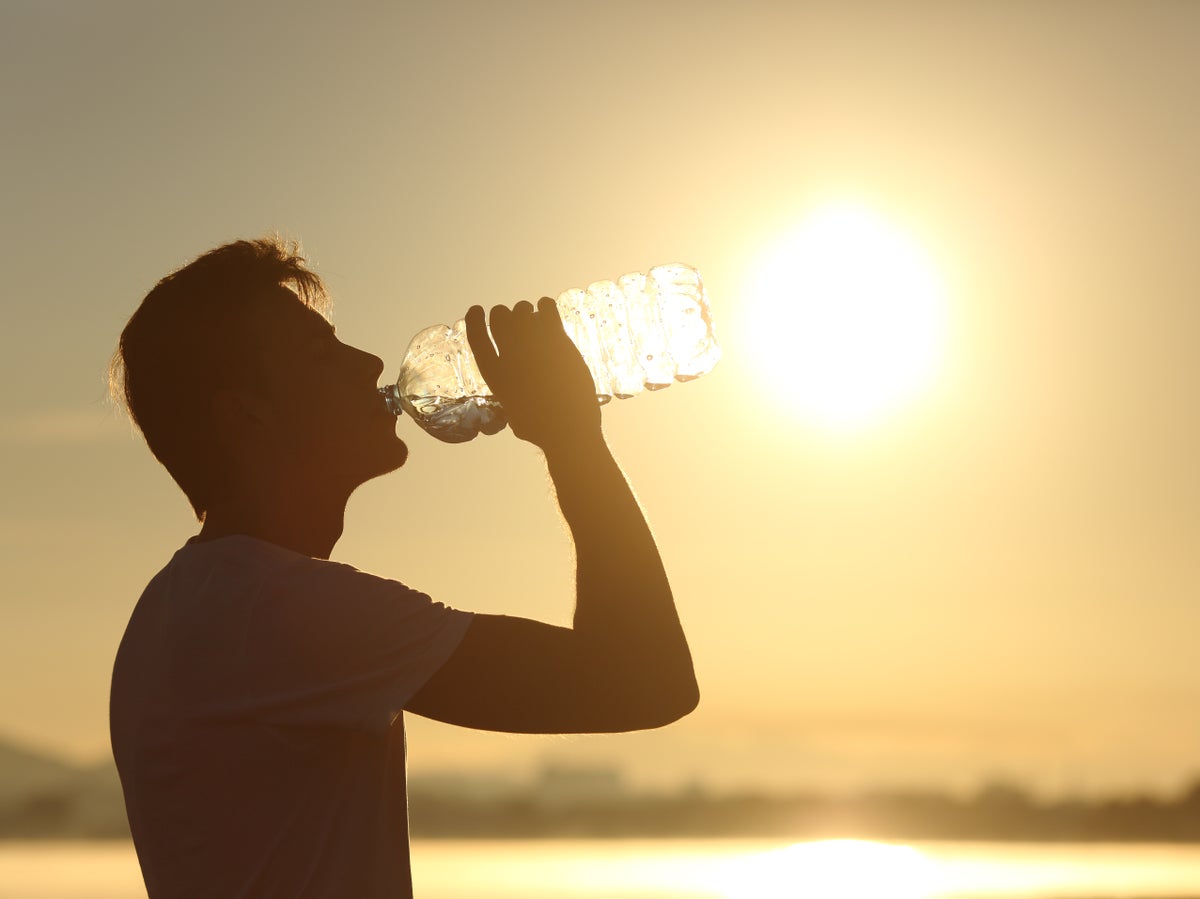
Summer is in full swing, and while this time of year is usually filled with fun and sun, it also brings heatwaves.
In recent years, climate change and rising global temperatures have triggered record-breaking heatwaves across the world.
Scientists have warned that, as temperatures climb, people will see more severe heatwaves occuring compared to other types of extreme weather.
As we prepare for more intense heatwaves, it’s important to know the signs and symptoms of heatstroke, and how it is different from heat exhaustion.
Heat exhaustion occurs when the body is exposed to high temperatures and excessive sweating, typically from a loss of water and salt in the body.
According to Johns Hopkins Medicine, some symptoms of heat exhaustion include nausea, headache, heavy sweating, dizziness, and pale or clammy skin.
Heat exhaustion happens when the body can’t cool itself down, so it’s important to move yourself out of the sun and to a cool place. You can also treat heat exhaustion by loosening any tight clothing, hydrating with sports drinks containing salt and sugar, or applying cold compresses to the head, face, and neck.
If these symptoms of heat exhaustion are ignored, it can lead to more harmful heat-related illnesses like heatstroke. Heatstroke is much more serious than heat exhaustion, and can cause permanent or life-threatening emergencies if not treated.
Heatstroke is a condition in which the body can no longer control its temperature. When heatstroke occurs, the body’s temperature can rise to 41C (106 degrees Fahrenheit) or higher within 10 to 15 minutes, according to the Centers for Disease Control and Prevention.
Although sweating is the body’s natural way of cooling down, with heatstroke our sweating mechanism begins to shut down. In heatstroke brought on by hot weather, the skin may feel hot and dry. Other symptoms include rapid heart rate, nausea, vomiting, and loss of consciousness. If treatment is delayed, it can even result in seizures, coma, and death.
As soon as someone begins to show signs of heatstroke, move them to a cooler location, loosen their tight clothing, and drench the skin with cold water or ice. In many situations, it is also recommended to seek immediate attention from emergency medical services.
As the summertime approaches, it’s important to be aware of the dangers of heat exhaustion and heatstroke. Just because we want to have fun in the sun, doesn’t mean we can’t be safe. Remember: stay hydrated.







